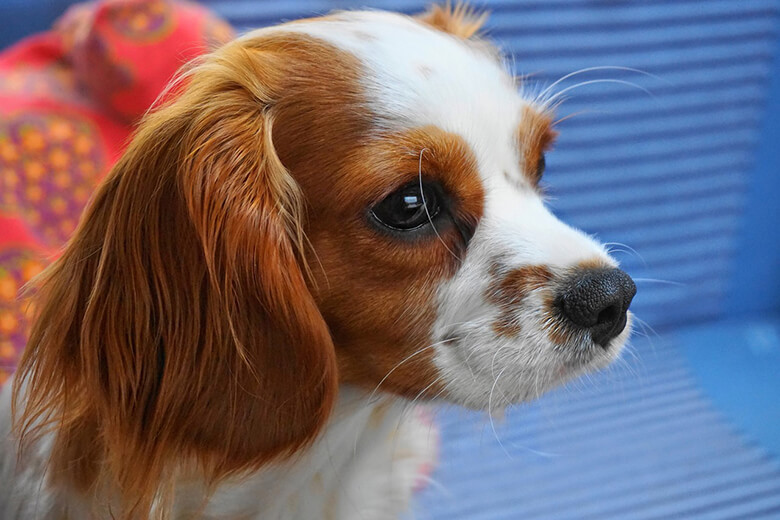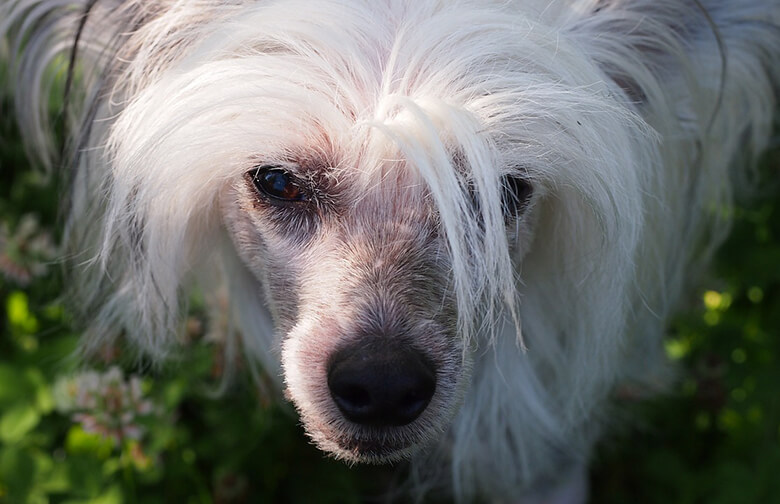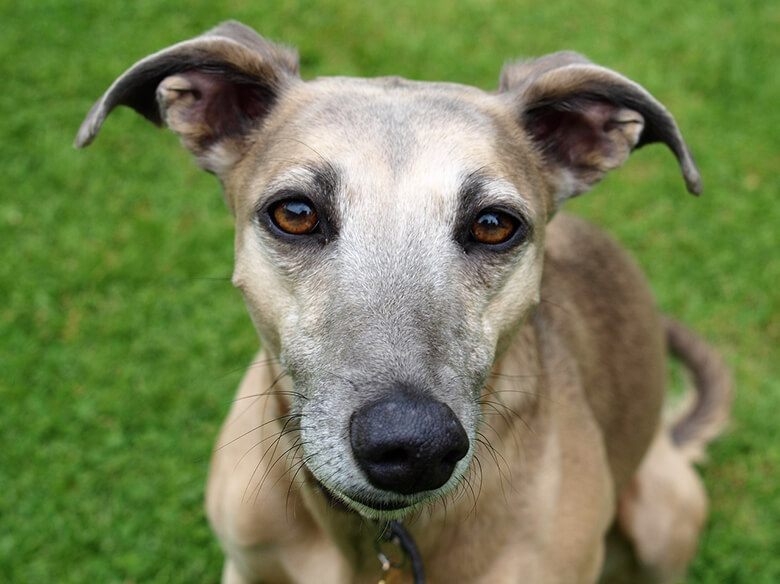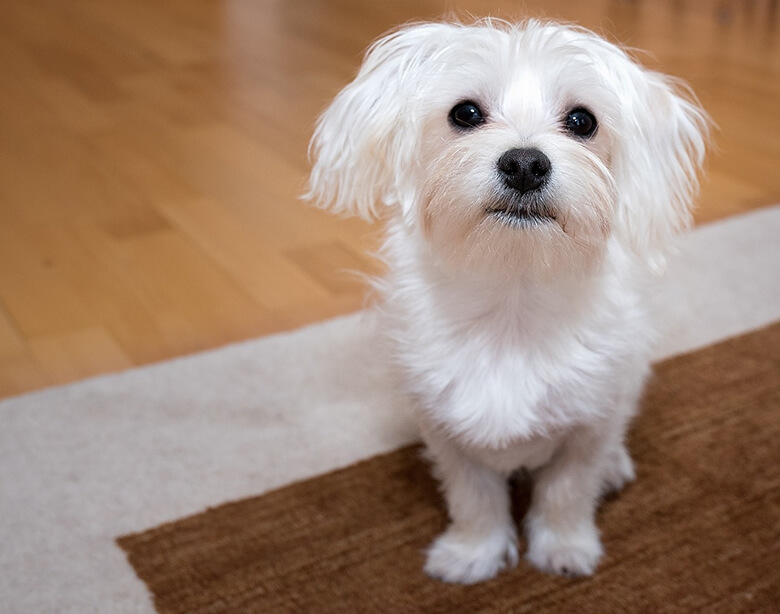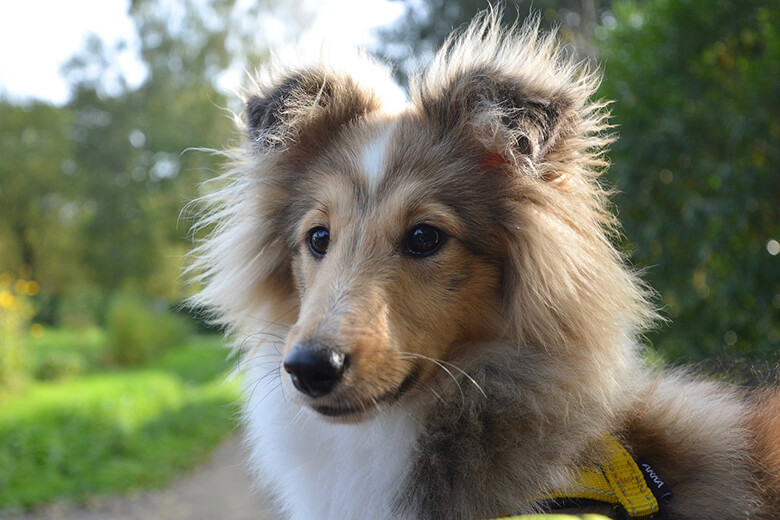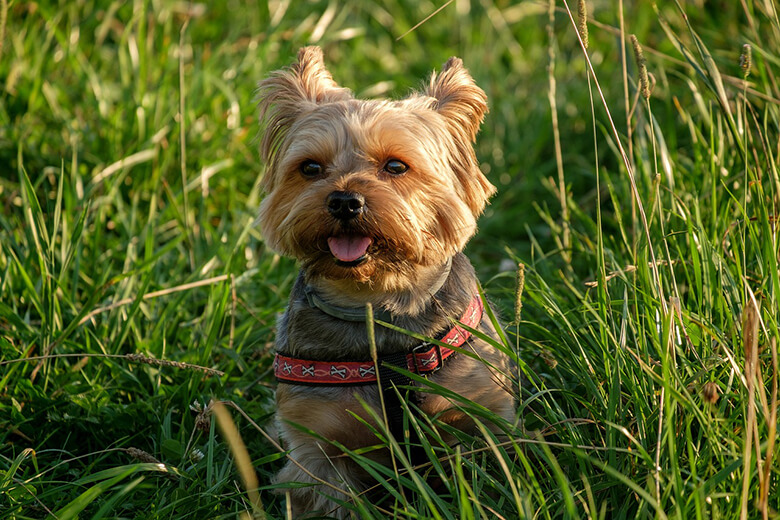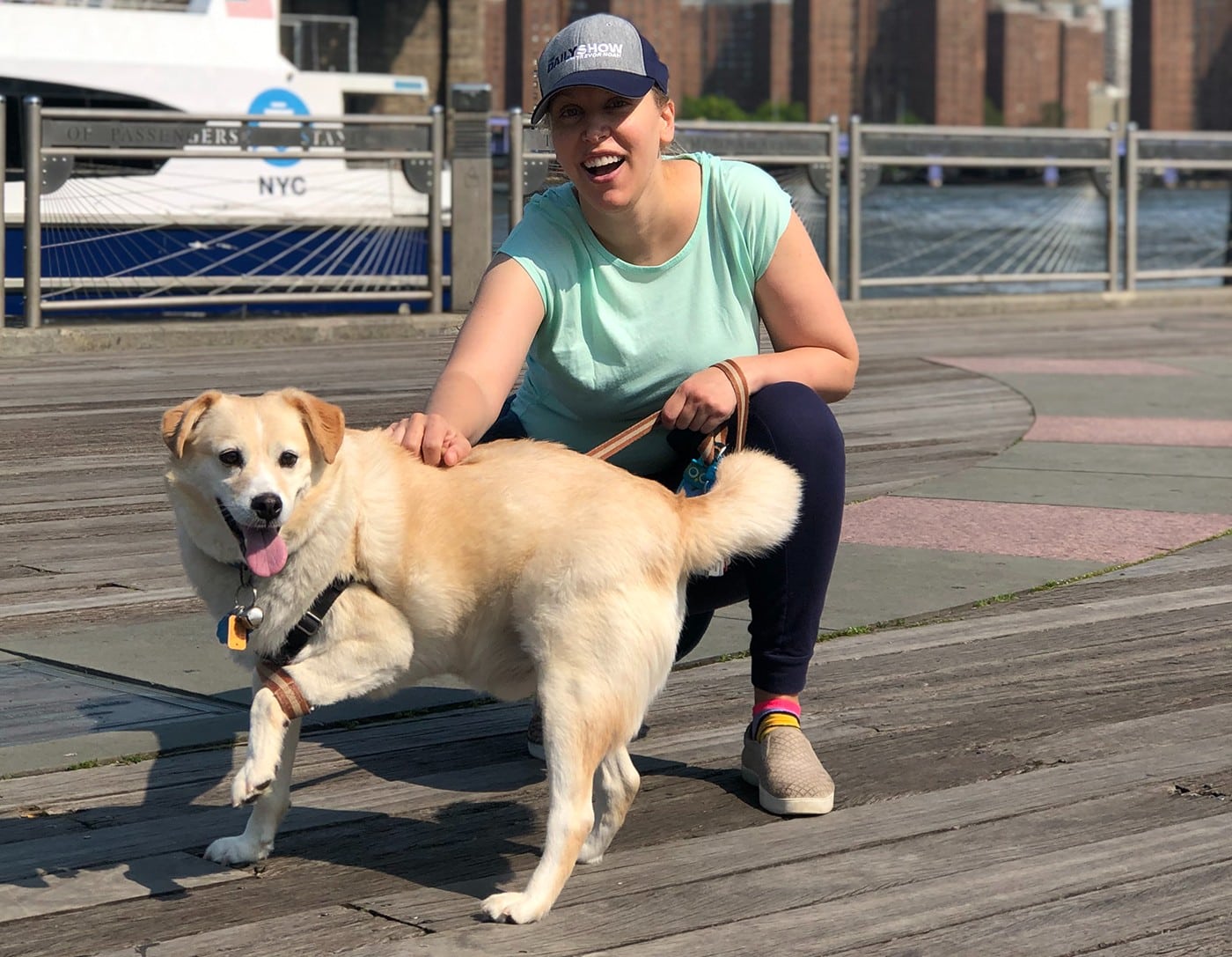There’s a lot more to canine dental disease than terrible breath. Periodontal disease not only causes inflamed, swollen gums and loose teeth, but bacteria can leech into your dog’s blood stream and affect vital organs including the heart, kidneys and liver.
Canine dental disease can be prevented by regular teeth brushing, dental chews, dental supplements and regular cleanings at your veterinarian. However, some breeds are genetically prone to dental disease and may need more frequent dental cleanings.
Here are eight breeds that are susceptible to dental problems.
Related: Are You Doing Everything You Can to Stop Your Dog’s Mouth From Hurting?
1. Cavalier King Charles Spaniels
This breed is disposed to gingivitis, an inflammation of the gums (or gum disease), which can lead to periodontitis, teeth loosening and eventually, loss of teeth. Periodontitis is caused by plaque, bacteria and tartar. The Cavalier’s small mouth and often overcrowded teeth create the perfect environment for food particles to get stuck and bacteria to grow. Teeth should be brushed frequently and dental chews used.
2. Chihuahuas
With a small snout and mouth, it’s no surprise that this tiny toy breed often suffers from teeth crowding. Think about it: They have to fit 42 teeth, the same as other breeds, into that teeny mouth. This may cause an underbite or snaggletooth, which is adorable, but adds to plaque and eventually tartar buildup. It gets even worse when their baby teeth fail to fall out. Because of this overcrowding, food tends to get stuck between teeth, and bacteria accumulates causing periodontal disease.
3. Chinese Crested
This exotic, hairless breed is susceptible to dental and gum disease, along with other issues. This includes irregular bite, particularly severe underbites, missing teeth and tooth loss. They tend to have permanent teeth that never come in, and soft, pointy teeth that fall out early. The roots of the teeth can be abnormally shallow. Chinese Cresteds should eat soft food, and toothbrushing should include the gums to encourage the teeth to grow.
Related: Here’s How to Keep Your Dog’s Teeth Healthy Between Dental Cleanings
4. Greyhounds
Periodontal diseases in this breed is very common, particularly in racing rescues because of their soft diet that may include bacteria-laden raw meat. Lack of dental care is another reason rescues are susceptible to teeth issues, but even dogs that have been raised in a home from puppyhood, may show signs of gum disease with root exposure by the time they’re 2 years old. Other similar breeds with these conditions include the Italian Greyhound and Whippets.
5. Malteses
Malteses are late bloomers in terms of losing their baby teeth. While most breeds lose their baby teeth at 3 ½ month, the Maltese doesn’t shed them until about 5 months. Many don’t lose their baby teeth at all, and they have to be extracted by a veterinarian. Their small mouth leads to overcrowded teeth and bacteria, plaque and tartar buildup. All this results in gum disease, or gingivitis, and early tooth loss. They are also prone to underbites.
6. Pugs
Yes, their smushy faces are cute. But breeds with short snouts and pushed in faces, called brachycephalic breeds, are more susceptible to dental disease. These breeds often have issues with proper teeth alignment, which can cause pain and inflammation. Crowded teeth are also a problem in the pug’s small mouth, and veterinarians may opt to remove some. Other brachycephalic breeds with the same dental problems include Bulldogs, Shih Tzus, Lhasa Apsos and Boston Terriers.
7. Shetland Sheepdogs
With a long, narrow snout, this breed has some specific dental issues. They often have overbites or underbites and incisors that are rotated outward or inward, which may cause gum pain. The canine teeth may point outward, a condition called Lance canines, and other teeth may never come in or fall out early. These conditions may require surgical treatment. Other breeds with the same dental issues include Collies and Dachshunds.
8. Yorkshire Terriers
These ridiculously cute dogs have some of the worst chompers out there. They are prone to plaque and tartar build up that leads to periodontal disease. They may also retain their baby teeth; the adult teeth then come in on top of them, resulting in some serious crowding. The baby teeth must be removed asap to avoid even worse dental disease (and terrible breath). Regular brushing, chews and supplements will prevent the loss of teeth as these little dogs age.
Related: How to Stop Bad Dog Breath














